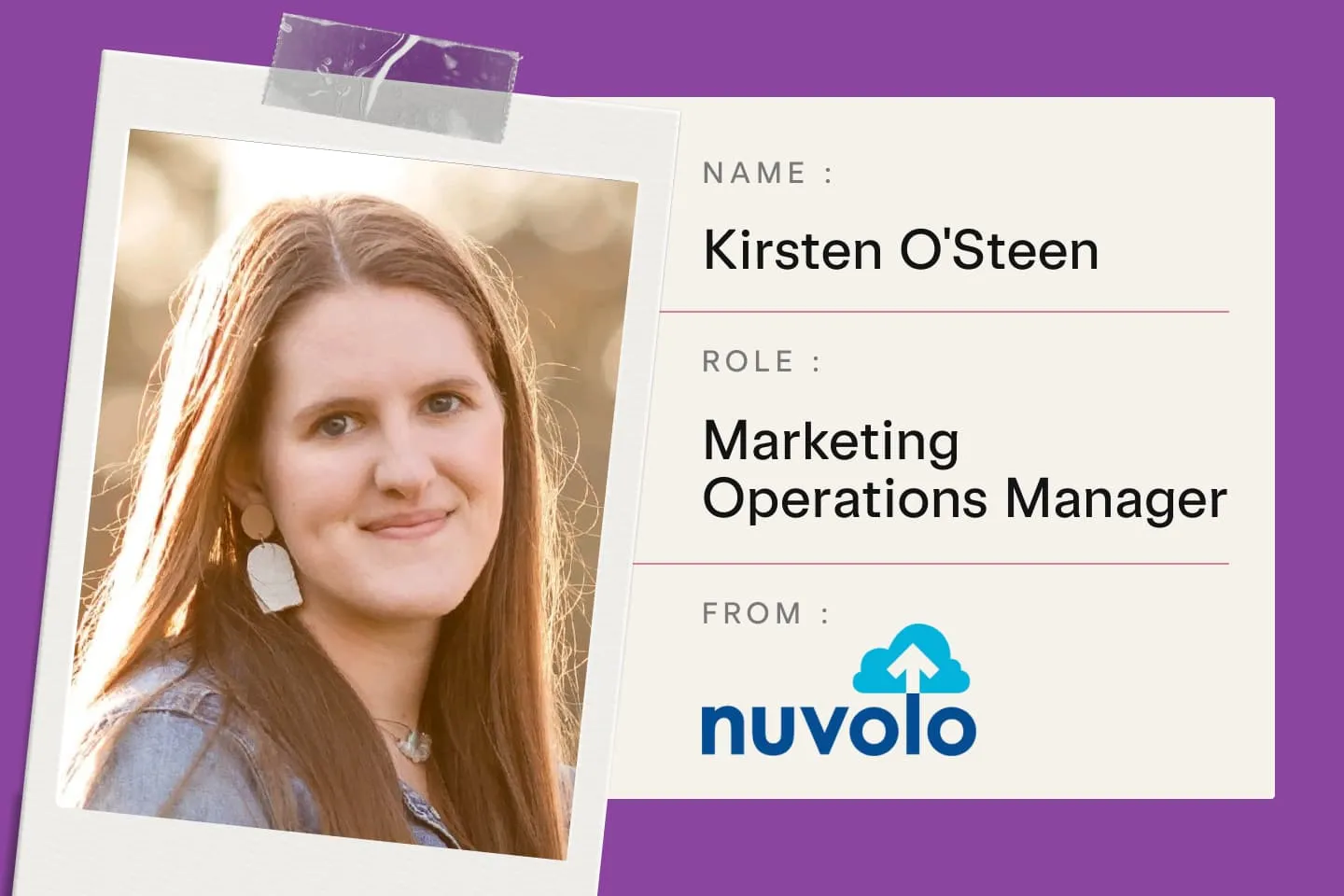Product Performance Dashboard
How do you measure performance for individual products so you can identify best fit customers and marketing influence?
What does this product dashboard include?
This dashboard measures and reports on single product sales and marketing performance:
- Total revenue this quarter from Product X
- Goal pacing toward revenue target for Product X
- Product X revenue drill down: expansion vs. new logo vs. renewal
- Product X funnel metrics by company size
- Product X funnel metrics by region
- Product X funnel metrics by industry
- Product X funnel metrics by channel
- Sales plateau reports for company size, region, industry
- Product marketing incremental lift on conversions
What insights can I surface with this dashboard?
Marketers and product managers can use this dashboard to measure the effectiveness of their product’s go-to-market strategy:
- Where does our product revenue come from?
- Who is our best fit region, company, industry?
- What channels drive the most product revenue?
- What product marketing content has the most influence?
Product performance dashboard breakdown
How do you measure the performance of your product’s go-to-market strategy, down to the segment?
Let’s find out!
Product performance at a glance
First up: product performance at a glance:
- Product X revenue and goal pacing: how much revenue has Product X contributed this quarter, and are we on pace to hit our quarterly target (pacing indicated by yellow half circle with percentages)?
- Product X revenue drill down: of that total revenue, what percent comes from renewals, expansion, and new logos?
Whether you're a product manager, marketing leader, product marketer, or demand generation specialist, use this report to monitor revenue performance in real-time.
For example, if you notice you’re underpacing to hit your revenue target, use the revenue drilldown to see which revenue team is falling short of their commit.

Product performance by segment
Next up: product performance by segment.
More specifically, how does product performance compare based on company size, industry, and region?
This section of the dashboard includes two reports for each segment:
- Funnel metrics report: how do buyers from different company sizes, industries, and regions move through the sales process, from lead to closed/won revenue?
- Sales plateau report: where has performance plateaued for each segment, if at all?
At a glance, both of these reports will identify your best fit segments and also let you know if you’ve hit a performance plateau with marketing.
For example, let’s pretend this company is targeting company sizes between 100-500 employees with their marketing.
It’s easy to see that 201-500 people companies produce the most revenue because their annual contract value (ACV) is the highest. But they don’t produce the most leads nor the best win rates. 101-200 people companies produce the best win rates with the second best ACV, making them the most efficient segment.
Makes sense- this company is targeting these buyers the most, and the data validates this.
However, this company gets most of its lead volume from companies outside of their target: 11-100 people companies, of whom are not the target of their marketing, but perhaps they should be.
In addition, using the sales plateau report, you can see that performance from the 101-200 person company size segment has plateaued. Actually, sales have dipped quite a bit over the last few months.
But why?
We published a template about performance plateaus here, but three common reasons: either marketing spend has stalled in this segment, a new competitor has entered who is gobbling up market share, or they’ve exhausted their pool of in-market buyers within the segment and need to reach and influence future buyers in advance of purchase to continue growing.
Either way, though tables and bar charts can provide details into monthly and quarterly growth by segment, plotting all time product sales on a line chart, by segment, will quickly tell you if you’ve hit a performance plateau so you can investigate why.
Last, what other partitions in the market other than company size produce the best fit buyers for this company?
Looking at the data, we can see that companies in North America from the manufacturing industry take up the lionshare of sales.
Funnel metrics and plateau report by company size

Funnel metrics and plateau report by industry

Funnel metrics and plateau report by region

Product performance by channel
Next up: product performance by channel.
This report used HockeyStack’s machine learning attribution modeling to measure funnel health for each marketing channel.
More specifically:
- Leads
- Demos
- Opportunities
- Closed/won
- Win rate
- Annual contract value (ACV)
- Revenue
Use this report to identify which channels have the most impact on pipeline and revenue and which channels have leaks in the sales funnel.
How does our machine learning model work?
In HockeyStack, you can filter through attribution models (first touch, last touch, multi-touch, time-decay, etc.) with one click. But our machine learning model uses statistical analysis to weigh touchpoints based on historical data.
Unlike first touch or last touch, ML attribution is not rule-based. We analyze both the converting and non-converting paths of previous customer journeys to pinpoint a touchpoints contribution with more precision. For example, if historical closed/won journeys travel through a specific channel or touchpoint but historical closed/lost journeys don’t, there’s a higher likelihood that touchpoint influences the buying process more than others- and therefore gets more credit in this model.
Based on the data below, trade shows have the last impact on revenue despite the second highest lead volume.
Paid media has the most impact on revenue across the board, with solid qualification rates, win rates, and ACV.
And while affiliate partners may not produce a high ACVs, they do have the highest win rates. Perhaps it’s time to invest more resources in partnerships for this brand.

Product marketing lift
How much influence does your product marketing content have on revenue?
In HockeyStack, you can measure this in two ways:
First, you can use lift analysis to estimate the increased likelihood of someone converting on a goal based on the marketing activity they engaged with. For example, how much likely is someone to book a product demo if they engage with product case studies?
Second, you can compare conversion rates between people who took an action and those who didn’t. For example, do leads from channel partners turn into opportunities at a higher rate than non-partner leads? Comparing conversion rates will tell you.
Both methods use a different approach to reach a similar outcome: a strong signal of positive or negative lift attributable to a specific marketing activity.
In this report, we use the latter method to analyze product marketing’s true influence on revenue.
For example:
- Website to trial conversion rates (CVR) after viewing case studies: whether viewing 2+ case studies or zero case studies, website trial conversion rates remain the same.
- Website trial CVR after viewing playbooks: though case studies had little influence over trial conversion rates, people who viewed two or more playbooks converted almost five times as more as those who didn’t view any.
- Trial to upgrade CVR after using a template from the template library: people who use templates in this example upgrade to a paid account more than twice as much as those who don’t.
- Trial to upgrade CVR after viewing live demo: in this example, the live demo had the most lift on upgrades to paid plans. 33% of people who viewed the live interactive demo during their free trial converted into paying customers compared to only 4% of people who didn’t view the demo.
What should this brand do with these insights?
Investigate why case studies don’t influence decisions, ensure their template library and live demos are highly trafficked touchpoints in the trial process, and promote their playbooks to potential prospects to increase trial conversion rates.

Learn more about how HockeyStack helps marketing, revenue, and sales teams surface and action insights like the ones in this template by exploring the interactive demo or booking a virtual demo.





